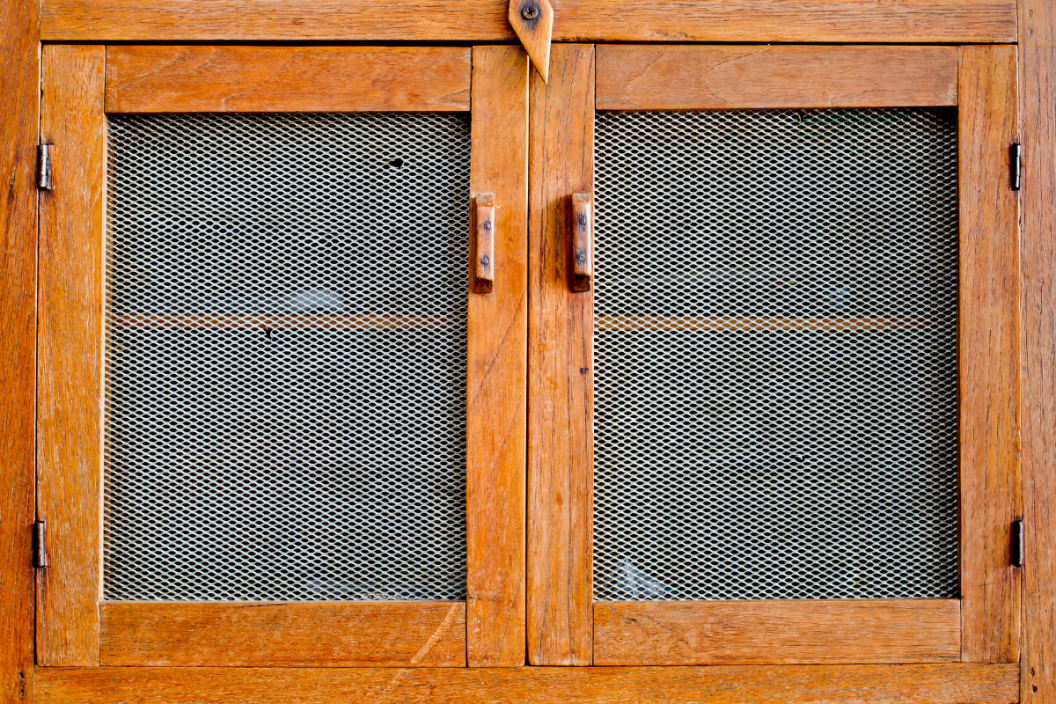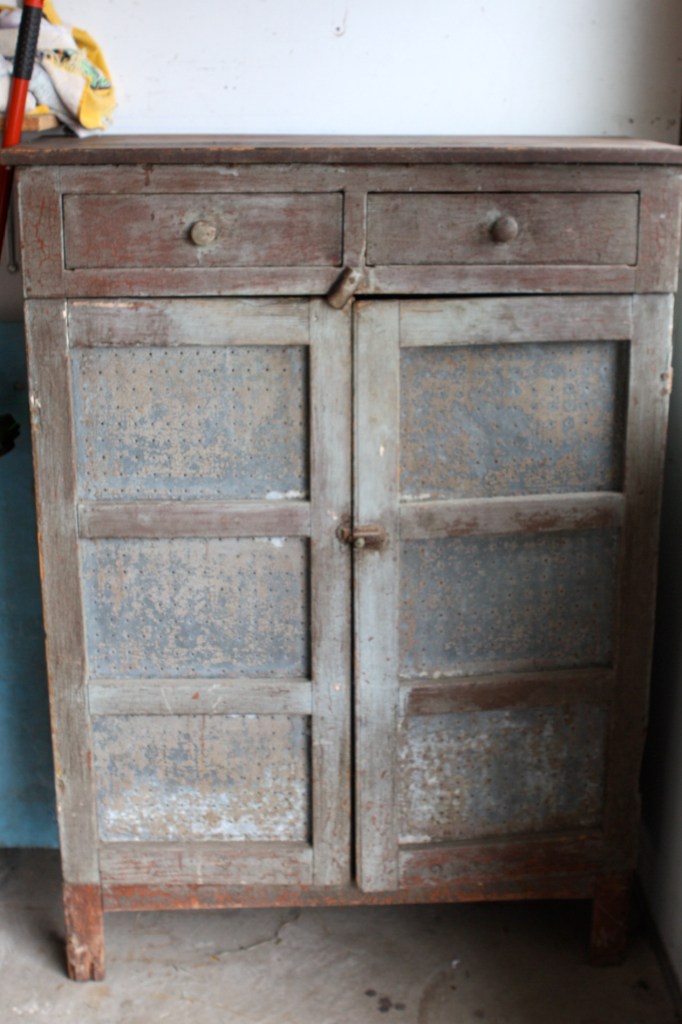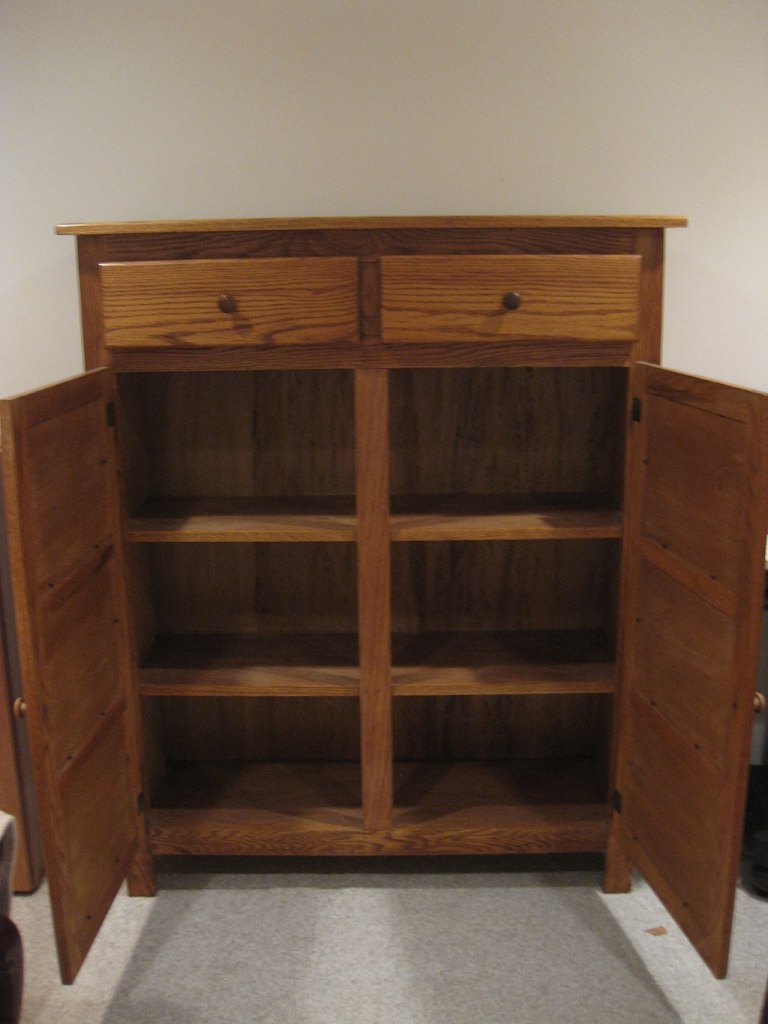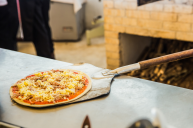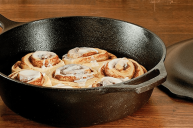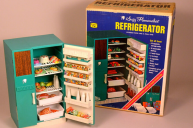In the 18th century it was common for most households to have a unique piece of furniture in their homes. No, it wasn't a chair or a hutch, but rather, a pie safe.
Videos by Wide Open Country
A pie safe is also referred to as a pie cupboard, pie cabinet kitchen safe, or pie chest. The reason for these antiques is to keep dirt, insects, and vermin away from baked goods. It acts as a literal safe for perishable items and fresh baked goods. In today's world, it is not very common to see people using these cupboards to store pies. Fortunately, the safes nowadays make a great storage solution for linens or kids' toys, and can be repurposed for many other storage solutions as well.
Where Do Pie Safes Come From?
German immigrants to the United States introduced the pie safe in the 19th century. These immigrants are today known as Pennsylvania Dutch.
Before the invention of iceboxes, these tin pie safes acted as the best thing to protect baked goods.
Different Types
The original pie safe was about the size of a large bureau with shelves for storage. The pie safes you'll find today will be freestanding with four legs.
For those who lived in hotter climates, the pie safes were made with punched tin panels for additional air circulation. These safes also kept food items cooler and fresher for longer periods. For these reasons, tin door safes were the most popular.
Another type of pie safe is one constructed with glass doors. The idea is that it makes the safe look more elegant, higher-end, and more of a home decor piece. The glass doors also acted as protection from insects and dust.
Some older pie safes included a jelly cupboard. When jellies and jams became a staple in American households, so did the need to store the jars. The jelly cupboard was a small cupboard that had double doors to store the jam and jelly.
Construction
Even though there are several safe styles, all of them are made from solid wood. The type of wood used largely depended on which region of the country they were made. Yellow pine and soft pine were the most commonly used woods.
You can tell the value of a pie safe from the materials used. Poplar wood, which is very common, would have a lower value than safes made from oak or pine.
A safe has a higher value if it has details like punched tin doors, instead of standard solid doors. It also increases in value if constructed by a well-known cabinetmaker, or if it was previously owned by a notable historical figure.
If you're looking to add an antique pie safe to your dining room, we suggest visiting an Amish furniture store. If you don't live near an Amish community, you can order one online here.
Products featured on Wide Open Eats are independently selected by our editors. However, when you buy something through our links, we may earn a commission.
